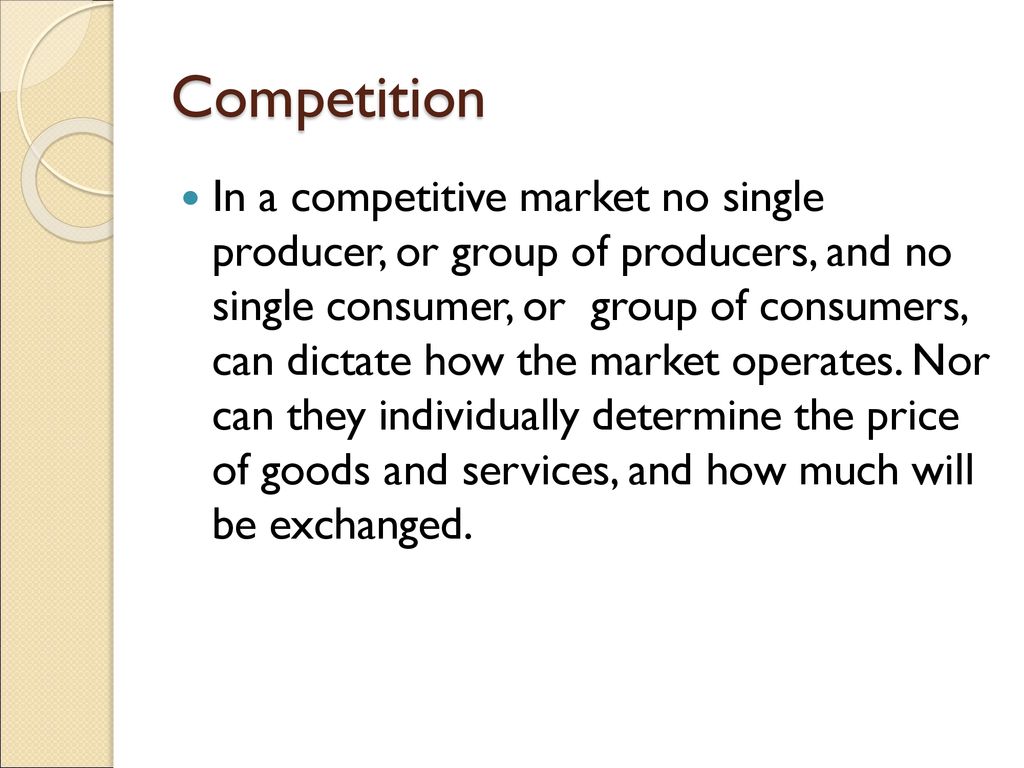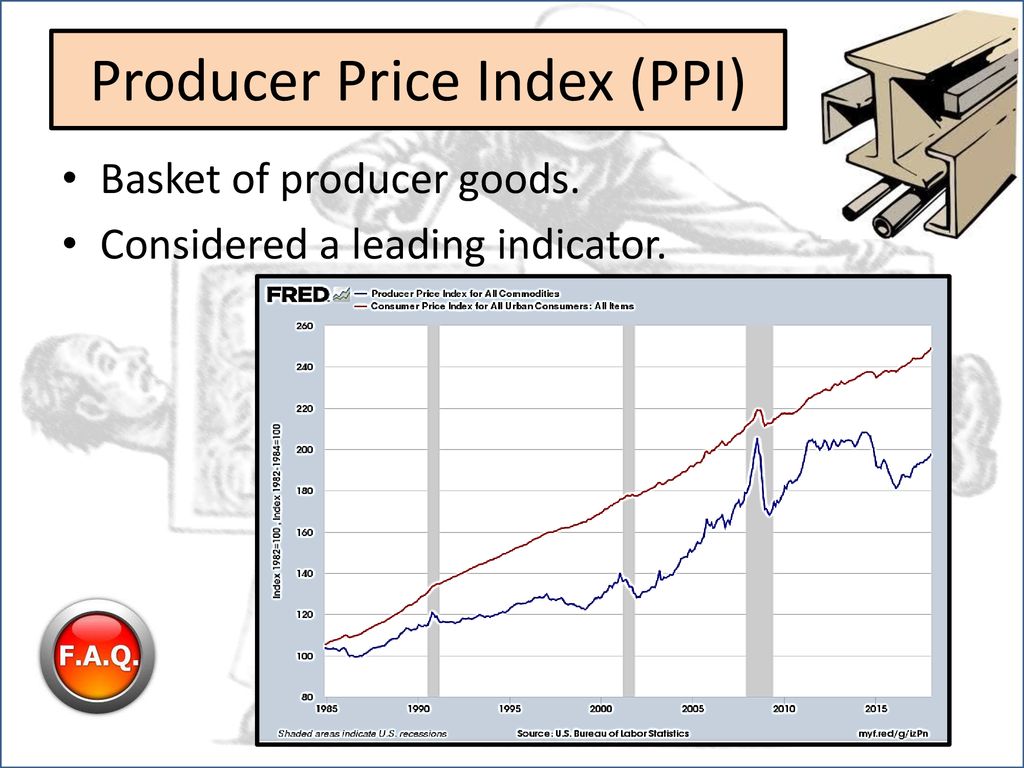
Producer Sovereignty: When Producers Dictate Markets – A Deep Dive for Beginners
For most of us, the phrase "the customer is king" rings true. We believe that in a healthy market, consumers hold the ultimate power, dictating what products are made, at what quality, and for what price. This concept is known as Consumer Sovereignty.
But what happens when the tables turn? What if producers – the companies that make and sell goods and services – gain so much power that they, not the consumers, call the shots? This less common, often less desirable, but very real economic phenomenon is called Producer Sovereignty.
In this long, comprehensive guide, we’ll explore producer sovereignty in detail. We’ll break down what it means, how it comes about, its real-world impacts, and what it means for you, the consumer. Even if you’re new to economics, we promise to make it easy to understand!
What Exactly is Producer Sovereignty?
At its core, Producer Sovereignty describes a market condition where producers (companies, manufacturers, service providers) have significant control over the market, rather than being primarily responsive to consumer demand. Instead of consumers "voting with their dollars" to shape what’s available, producers largely decide:
- What products are made: They might offer limited choices or push specific products.
- The quality of those products: They might not feel the need to continuously innovate or improve quality if there’s no competition.
- The prices of those products: They can set higher prices because consumers have few alternatives.
- The terms of sale: They might impose restrictive conditions.
Think of it as the opposite of consumer sovereignty. While consumer sovereignty encourages competition, innovation, and lower prices, producer sovereignty can lead to stagnation, higher costs, and limited options for buyers.
Key Characteristics of Producer Sovereignty:
- Limited Consumer Choice: Consumers often have few alternatives, forcing them to accept what’s offered.
- High Pricing Power: Producers can set prices without much fear of losing customers to competitors.
- Reduced Innovation: With less competitive pressure, there’s less incentive for producers to invest in new, better, or cheaper products.
- Potential for Lower Quality: Similarly, quality might not be a top priority if consumers have no other options.
- Barriers to Entry: It’s very difficult for new companies to enter the market and compete.
How Do Producers Achieve This Market Power?
Producer sovereignty doesn’t just happen overnight. It typically arises when certain conditions allow a producer or a small group of producers to dominate a market. Here are the primary ways this power is accumulated:
1. Monopolies: The Ultimate Power Play
A monopoly exists when a single company is the sole provider of a particular product or service in a market. With no competition, this company essentially has complete producer sovereignty.
- Example: Imagine being the only internet service provider in a remote town. You can set prices, dictate speeds, and offer whatever customer service you deem fit, because residents have no other choice.
- Why they form:
- Natural Monopolies: Industries where the cost of setting up infrastructure is so high (like electricity grids or water pipes) that it only makes sense for one company to operate.
- Government-Granted Monopolies: Patents (giving a company exclusive rights to an invention for a period) or licenses for essential services.
- Control of Resources: A company might own all the known sources of a critical raw material.
- Acquisition/Merger: A large company buys up all its competitors.
2. Oligopolies: A Few Giants Rule
An oligopoly is a market dominated by a small number of large firms. While there’s more than one player, the limited number means each firm has significant influence over the market. They often watch each other’s moves closely.
- Example: The global smartphone market (dominated by a few major players like Apple and Samsung) or the soft drink industry (Coca-Cola, PepsiCo).
- How they exert power:
- Interdependence: Each firm’s actions (like changing prices or launching a new product) directly affect the others.
- Collusion (Illegal in many places): Sometimes, these firms might secretly agree to fix prices or limit output, acting like a single monopoly to maximize their collective profits. This is known as a cartel.
- High Barriers to Entry: It’s incredibly difficult for new companies to break into an oligopolistic market due to high start-up costs, established brand loyalty, or complex technology.
3. High Barriers to Entry
Regardless of whether it’s a monopoly or an oligopoly, the existence of high barriers to entry is crucial for producer sovereignty. These are obstacles that make it difficult or impossible for new competitors to enter a market.
- Examples of Barriers:
- Massive Capital Investment: Setting up an airline or a car manufacturing plant requires billions.
- Complex Technology/Patents: Proprietary technology that’s hard to replicate.
- Strong Brand Loyalty: Consumers are deeply committed to existing brands.
- Exclusive Control over Resources or Distribution Channels: A producer might own all the supply of a specific ingredient or control all the retail outlets.
- Government Regulations: Licensing requirements that are difficult for new players to meet.
4. Unique Products or Intellectual Property
If a company creates a truly unique product or service that no one else can replicate (or has patented), they gain significant power. Consumers who want that specific item have no choice but to buy from that producer.
- Example: A pharmaceutical company with a patented drug for a rare disease. Patients need that drug, and only that company can produce it.
- Impact: This temporary monopoly (until the patent expires) grants immense pricing power.
5. Switching Costs and Network Effects
- Switching Costs: These are the costs (financial, time, or effort) a consumer incurs when changing from one product or service to another. High switching costs can "lock in" customers.
- Example: Changing banks can be a hassle, or moving all your files from one cloud service to another.
- Network Effects: When the value of a product or service increases as more people use it. This makes it very hard for new competitors to gain a foothold.
- Example: Social media platforms. Everyone is on Facebook, so you’re likely to join too, even if a new, potentially better platform emerges.
Real-World Examples of Producer Sovereignty
Producer sovereignty isn’t just an economic theory; it has manifested throughout history and continues to exist in various forms today.
Historical Examples:
- Standard Oil (Late 19th – Early 20th Century): John D. Rockefeller’s Standard Oil company gained a near-monopoly over the oil refining industry in the United States. They controlled vast parts of the supply chain, dictated prices, and stifled competition, leading to its eventual breakup by the government under anti-trust laws.
- De Beers (Diamonds): For much of the 20th century, De Beers effectively controlled the global diamond supply. By meticulously managing the supply of rough diamonds and maintaining a powerful marketing campaign ("A diamond is forever"), they sustained high prices and demand, exercising immense producer sovereignty.
- Early Railroads: In many areas, a single railroad company had a monopoly on transportation, allowing them to charge exorbitant rates for freight and passenger services, particularly in isolated regions.
Modern Examples:
- Tech Giants (in specific niches): While the tech industry is generally competitive, some companies exhibit producer sovereignty in specific domains.
- Operating Systems (Desktop/Mobile): Microsoft Windows on desktops and Google Android/Apple iOS on mobile devices hold dominant positions. While there are choices, the ecosystem, compatibility, and network effects make switching difficult, giving these companies significant influence over software developers and users.
- App Stores: Apple’s App Store and Google’s Play Store are the primary gateways for mobile apps, giving them considerable power over app developers regarding terms, fees, and content policies.
- Pharmaceutical Companies: When a company develops and patents a life-saving drug, they typically have a temporary monopoly. This allows them to set very high prices, especially for drugs treating rare diseases, as patients often have no alternative.
- Specialized Industrial Components: In certain manufacturing sectors, only one or two companies might produce highly specialized components crucial for larger products (e.g., specific microchips, aerospace parts). This gives them significant leverage over their buyers.
- Local Utilities: In many cities, there’s only one provider for electricity, water, or natural gas. These are often regulated monopolies, but they still represent a form of producer sovereignty as consumers have no choice in provider.
The Impact of Producer Sovereignty: Who Wins, Who Loses?
When producers dictate markets, the balance of power shifts, leading to significant consequences for various stakeholders.
On Consumers:
- Higher Prices: This is perhaps the most direct and negative impact. With little or no competition, producers can charge premium prices, knowing consumers have few alternatives. This reduces consumer surplus (the benefit consumers get from buying something for less than they’d be willing to pay).
- Limited Choice: Consumers may find themselves with very few product options, or even just one. This stifles variety and customization.
- Lower Quality & Reduced Innovation: Without the pressure of competition, producers have less incentive to invest in improving their products, services, or customer support. Why spend money on R&D if customers will buy whatever you offer anyway?
- Poor Customer Service: If you can’t go anywhere else, why would a company invest heavily in top-notch customer service?
- Reduced Consumer Welfare: Overall, consumers are worse off. They pay more, get less, and have fewer options.
On Innovation & Market Dynamics:
- Stifled Innovation (Overall): While the dominant firm might innovate to maintain its lead, the lack of competitive threats discourages broader, disruptive innovation from new entrants. Why would a small startup bother if they can’t possibly compete with the entrenched giant?
- Economic Inefficiency: Producer sovereignty can lead to a misallocation of resources. The dominant firm might produce less than the optimal quantity to keep prices high, leading to a net loss for society (deadweight loss).
- Barriers for New Entrants: Aspiring entrepreneurs and startups face an uphill battle, making it harder for new ideas and businesses to flourish.
- Potential for Abuse of Power: Dominant firms might engage in anti-competitive practices, such as predatory pricing (selling below cost to drive out competitors) or exclusive dealing arrangements, to maintain their sovereignty.
On the Producers Themselves:
- Increased Profits: This is the primary driver for seeking producer sovereignty.
- Market Stability: Less competition means less volatility and greater predictability in revenue.
- Less Pressure: Reduced need to constantly adapt or improve, which can sometimes lead to complacency in the long run.
Why Do We Allow Producer Sovereignty to Exist?
Given its negative impacts on consumers and market efficiency, why isn’t producer sovereignty completely eradicated? Several reasons explain its persistence:
- Natural Monopolies: As mentioned, some industries (like utilities) are naturally more efficient when run by a single provider due to the massive infrastructure costs. Regulation is then put in place to prevent abuse.
- Innovation and Patents: Society grants temporary monopolies (patents) to incentivize innovation. Without the promise of exclusive rights and the ability to profit significantly from a new invention, companies might not invest billions in R&D for new drugs or technologies.
- Economies of Scale: In some industries, the larger a company gets, the cheaper it becomes to produce each unit (e.g., car manufacturing). This can naturally lead to a few large players dominating.
- Network Effects: The inherent value of certain platforms (social media, operating systems) increases with more users, making it incredibly difficult for new competitors to gain traction.
- Historical Factors and Mergers: Over time, through growth, acquisition, and mergers, companies can consolidate power within an industry.
- Regulatory Gaps or Failures: Sometimes, governments might fail to anticipate or effectively regulate emerging monopolies or oligopolies, or their anti-trust laws might not be strong enough or enforced properly.
Counteracting Producer Sovereignty: Who Steps In?
While producer sovereignty can be a powerful force, it’s not absolute. Various entities and market forces work to mitigate its effects and protect consumers.
1. Government Regulation and Anti-Trust Laws
Governments play a crucial role in curbing producer sovereignty to ensure fair markets.
- Anti-Trust (or Competition) Laws: These laws are designed to prevent monopolies, break up existing ones, and prohibit anti-competitive practices (like price-fixing or predatory pricing).
- Examples: The Sherman Antitrust Act and Clayton Act in the United States, the European Union’s competition laws.
- Regulation of Natural Monopolies: For utilities, governments often regulate prices and service quality to prevent abuse of their monopoly power.
- Price Controls: In extreme cases, governments might impose price ceilings on essential goods or services to protect consumers.
2. Technological Disruption
Innovation can be a powerful equalizer. New technologies can create new markets or disrupt existing ones, introducing competition where none existed.
- Example: The rise of streaming services (Netflix, Hulu) challenged the dominance of traditional cable TV providers. VoIP (Voice over Internet Protocol) services disrupted traditional phone companies.
3. Consumer Advocacy Groups
Non-profit organizations and consumer rights groups play a vital role in:
- Raising Awareness: Educating the public about unfair practices.
- Lobbying Governments: Advocating for stronger regulations and enforcement.
- Class-Action Lawsuits: Taking legal action against companies for anti-competitive behavior or consumer harm.
4. International Competition
In a globalized world, domestic producer sovereignty can be challenged by foreign competitors. If a local company is charging too much or offering low quality, consumers might turn to imported goods or services.
5. Potential for New Entrants (Even Against Odds)
Sometimes, despite high barriers, a determined and innovative new company might find a way to enter a market and challenge the incumbents, especially if there’s a strong market need or technological leap.
Conclusion: Balancing Power for a Healthy Market
Producer sovereignty, where companies dictate market terms, stands in stark contrast to the ideal of consumer sovereignty. While it can arise from legitimate factors like innovation or natural efficiencies, its unchecked growth often leads to higher prices, limited choice, and reduced innovation, ultimately harming consumers and the broader economy.
Understanding producer sovereignty is crucial for anyone wanting to grasp how markets truly operate. It reminds us that power dynamics are constantly at play, and that a truly healthy market requires a delicate balance. Governments, through vigilant regulation and anti-trust enforcement, along with the potential for technological disruption and active consumer advocacy, are vital checks against the unchecked power of producers.
The next time you make a purchase, consider not just your choice, but also the choices you don’t have. This awareness is the first step in advocating for markets where the customer truly is king.




Post Comment